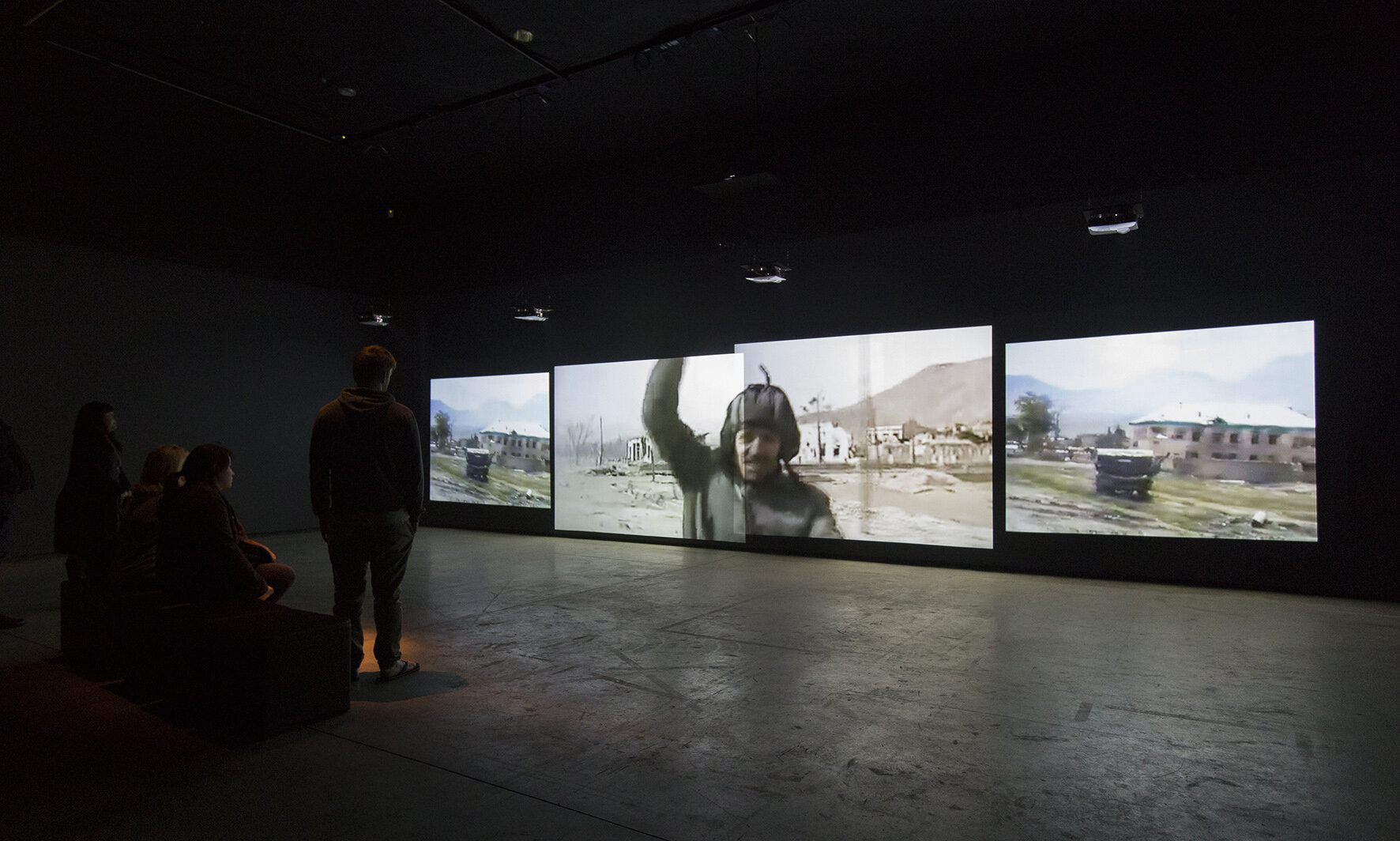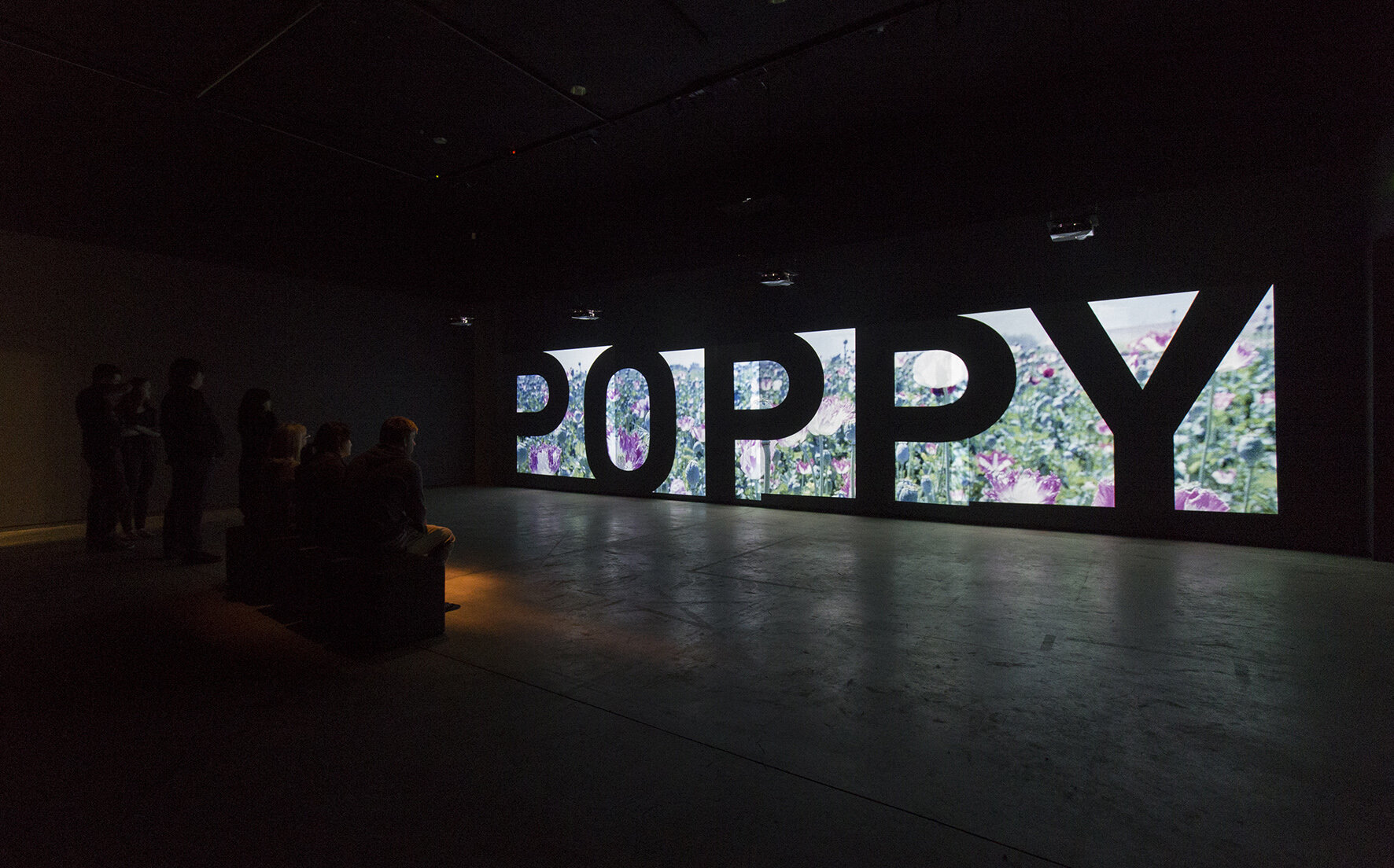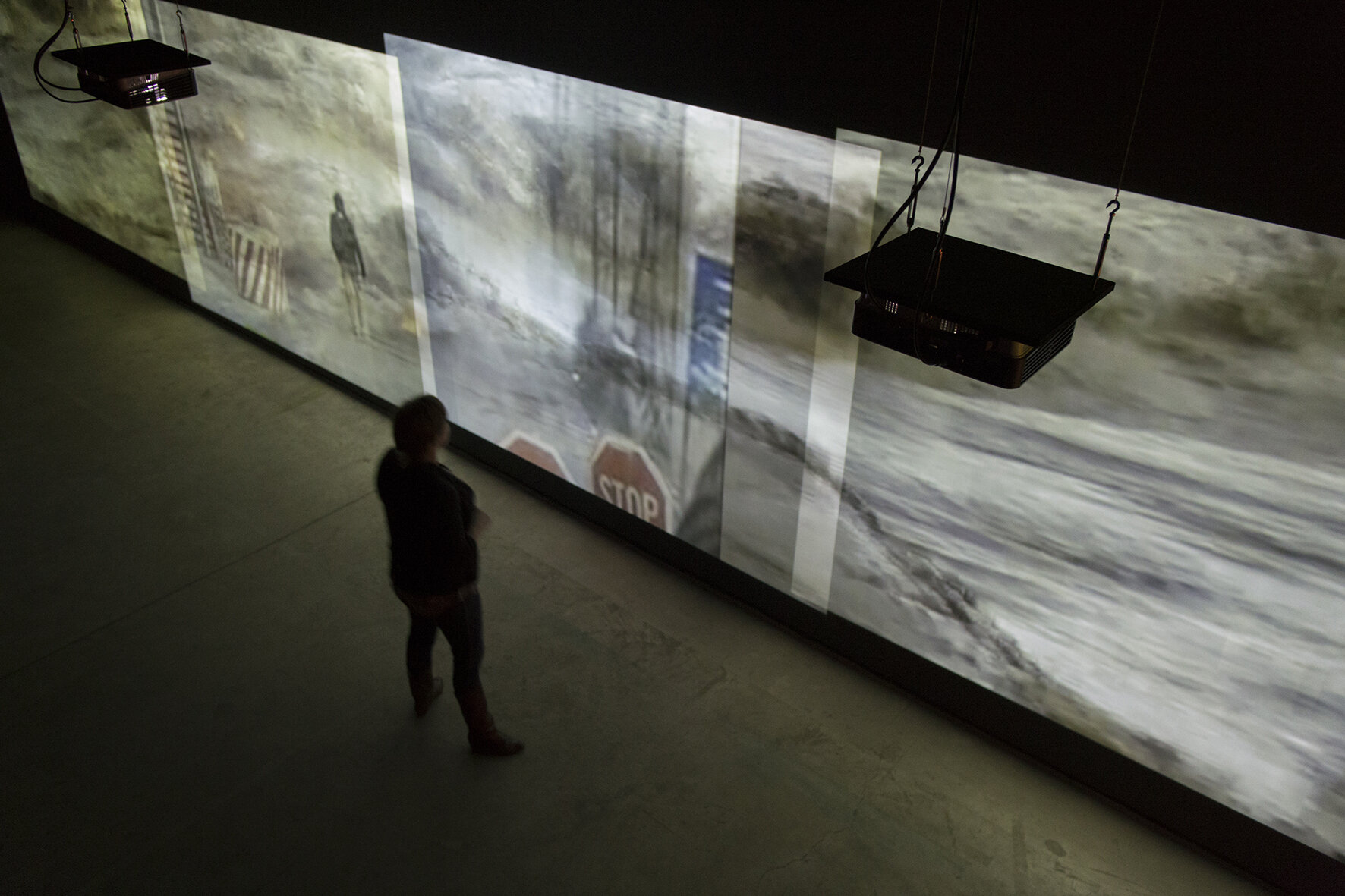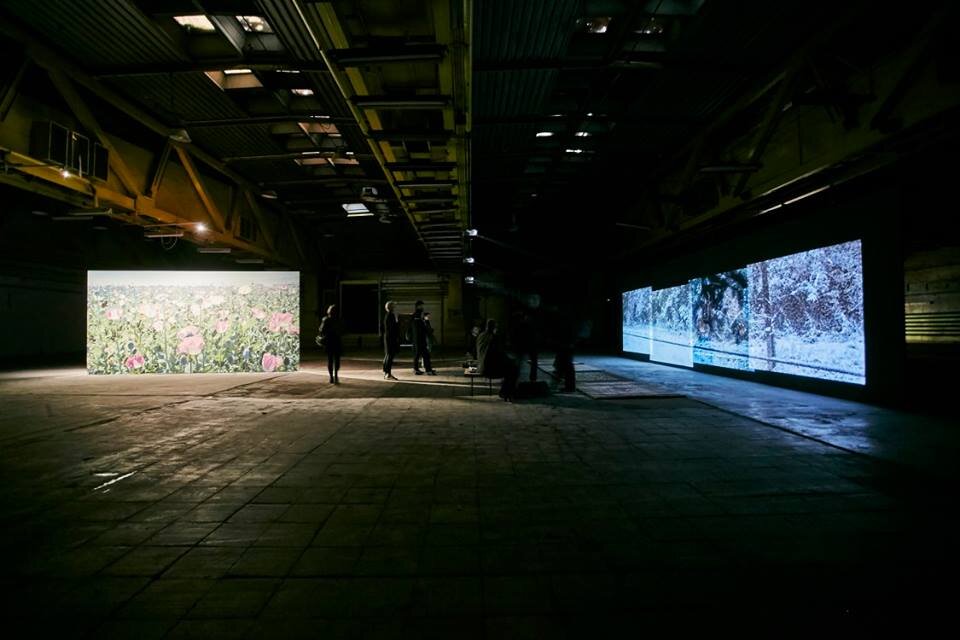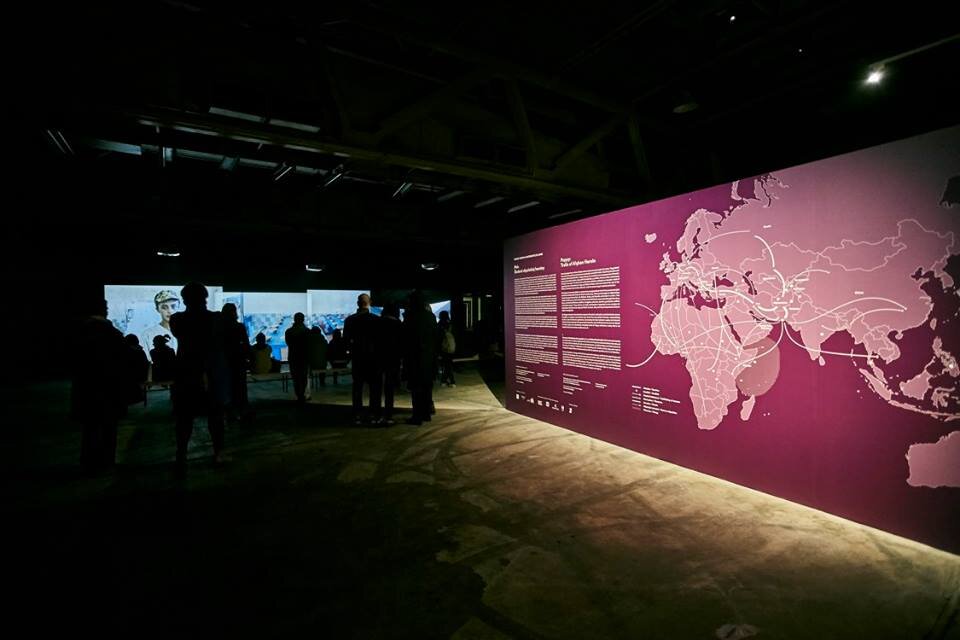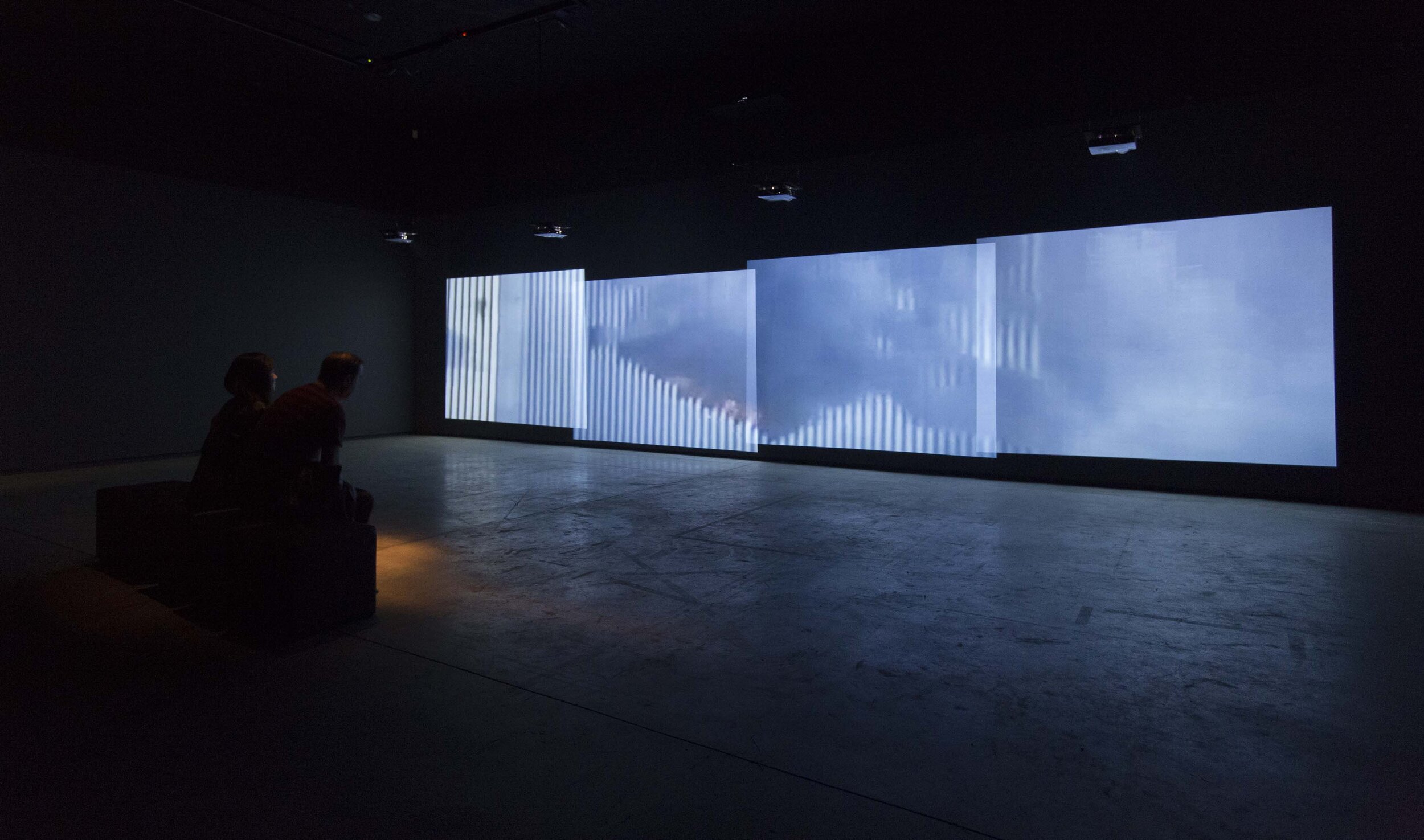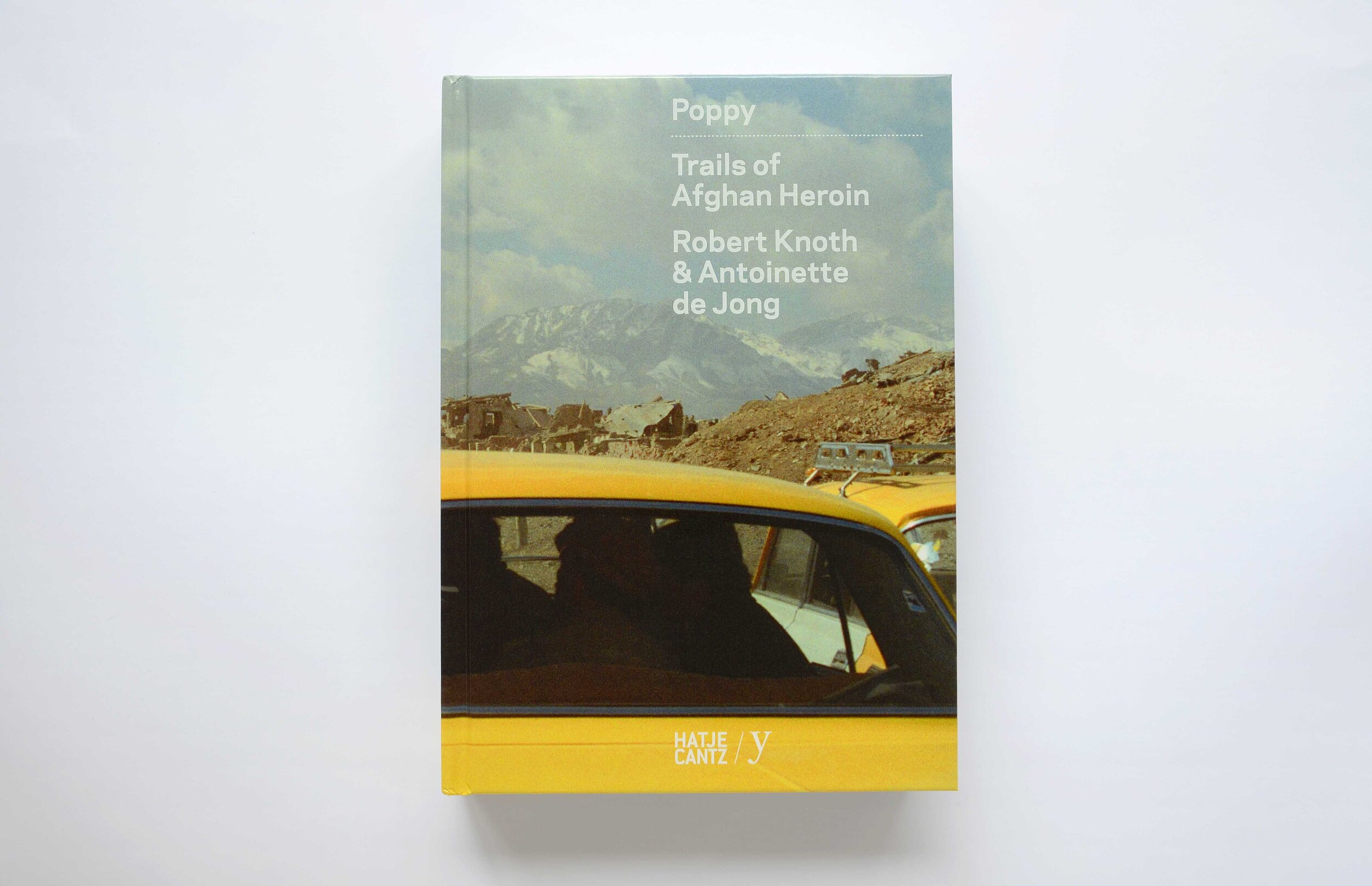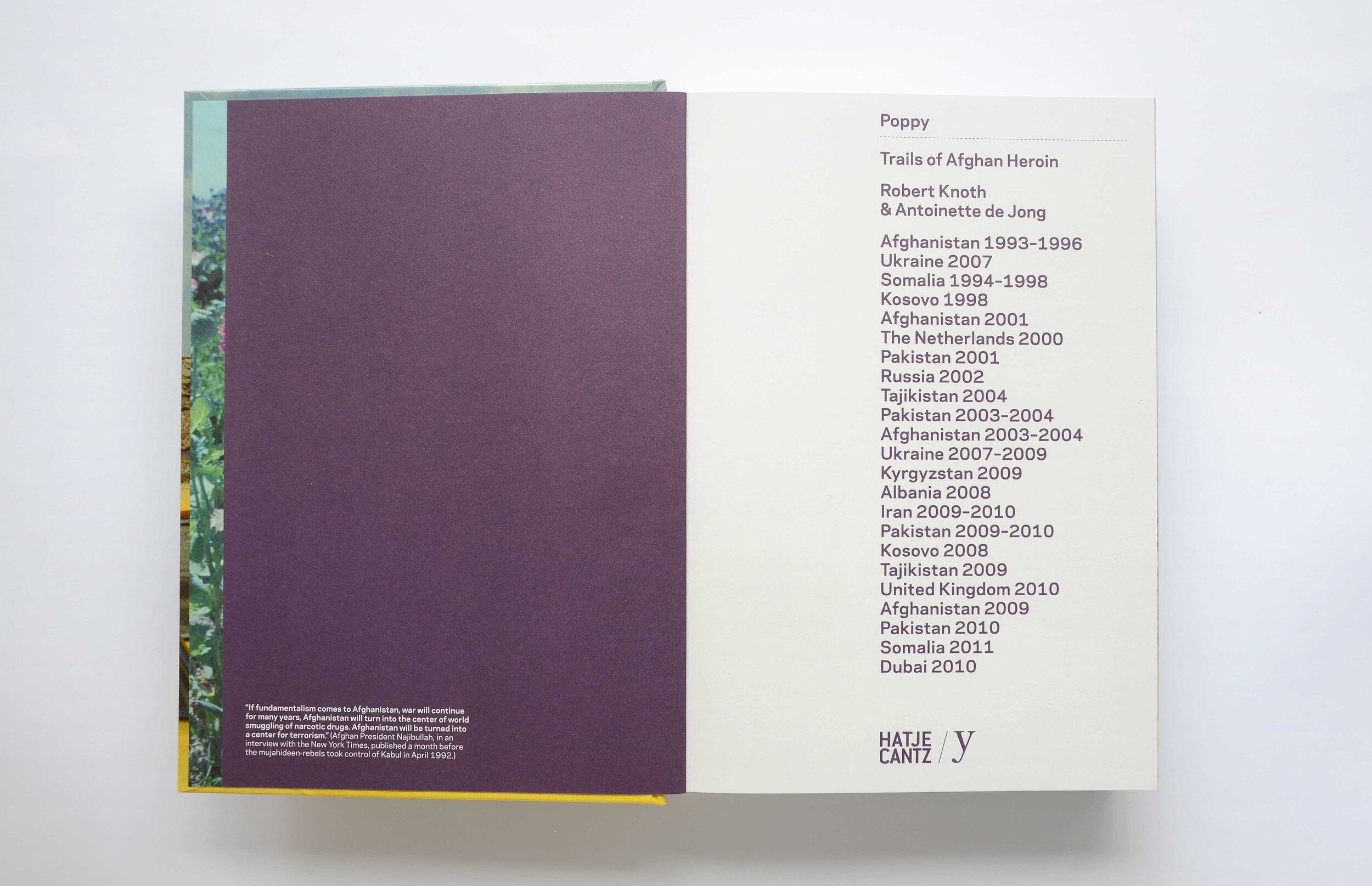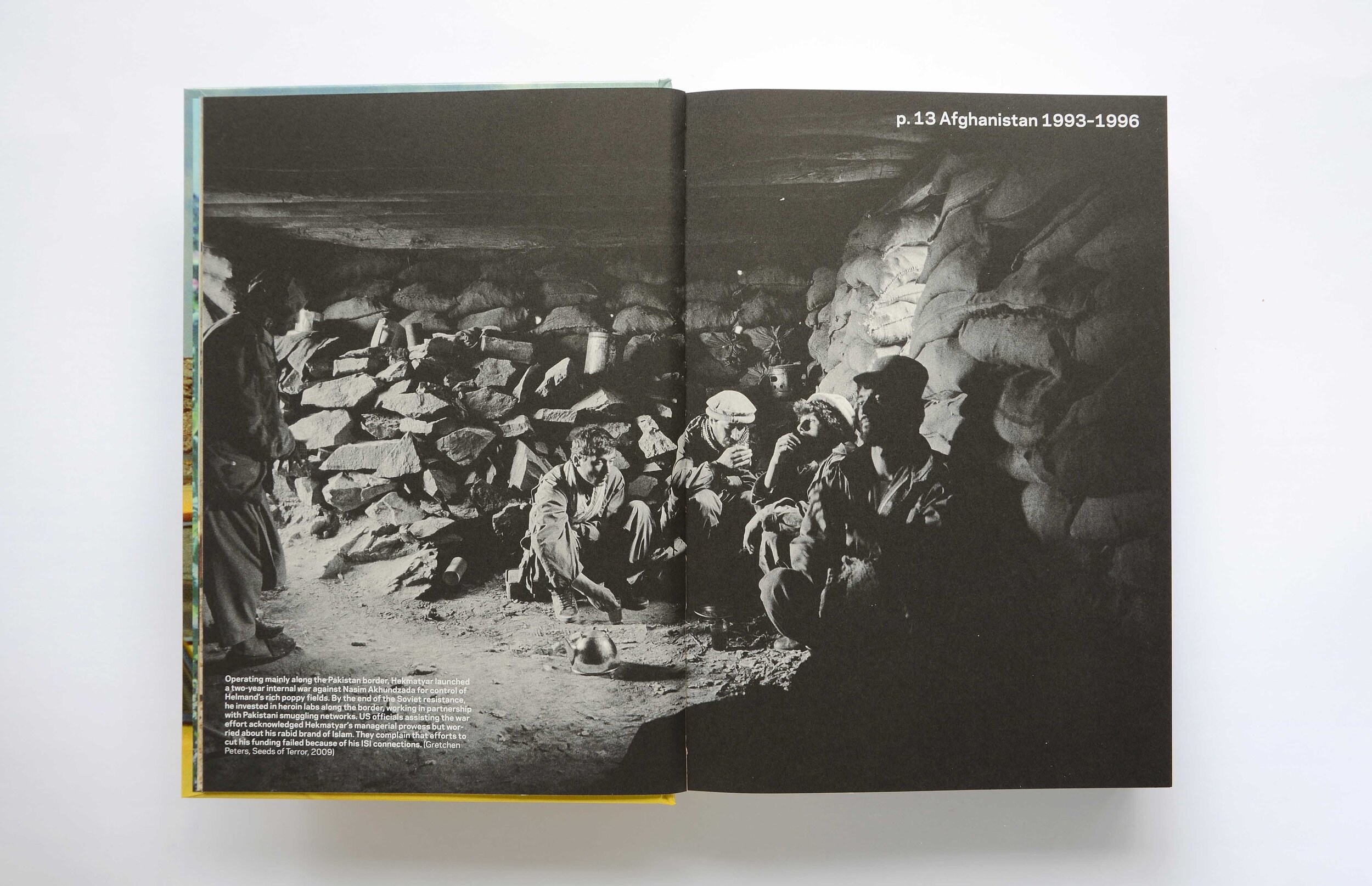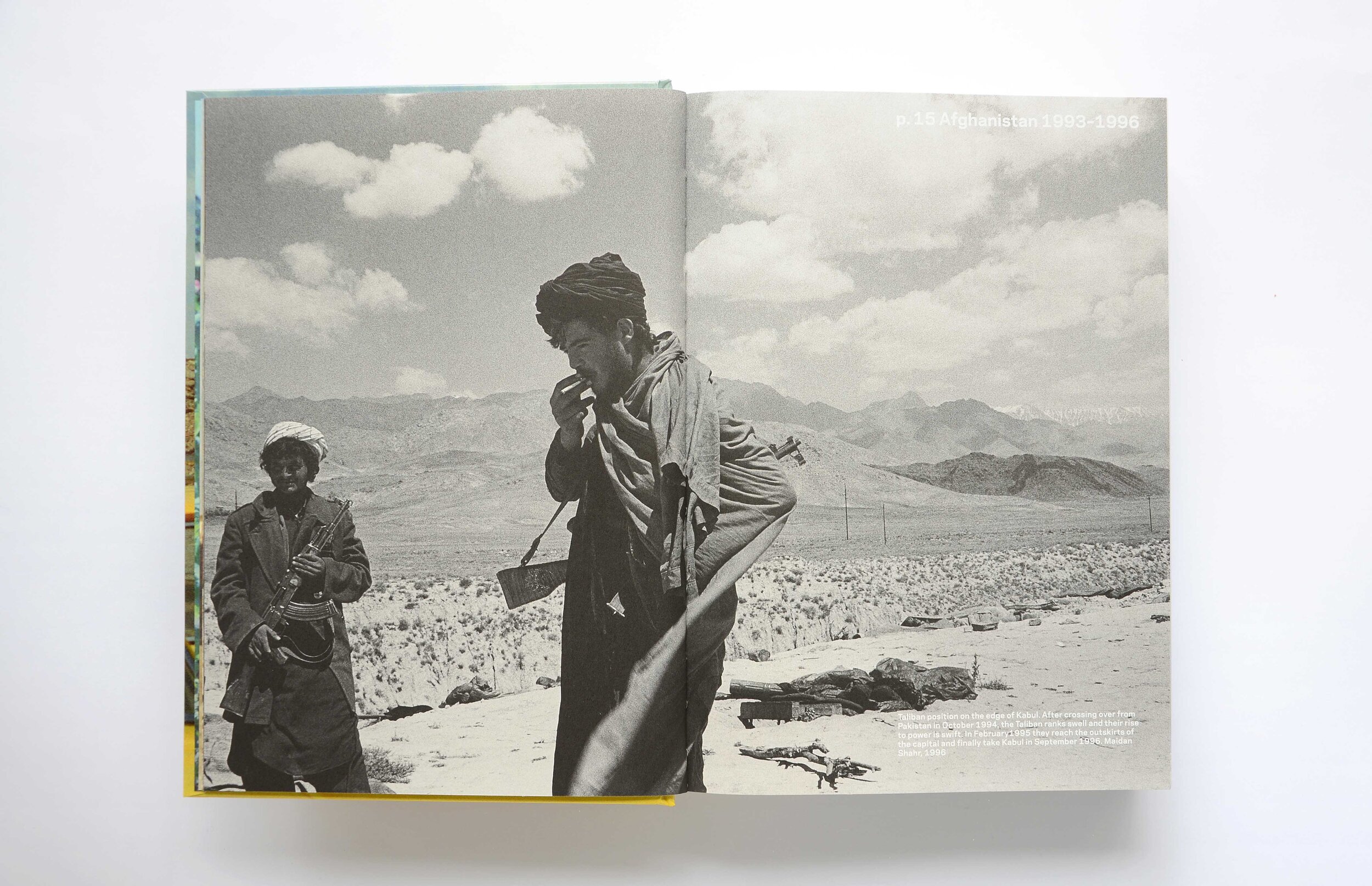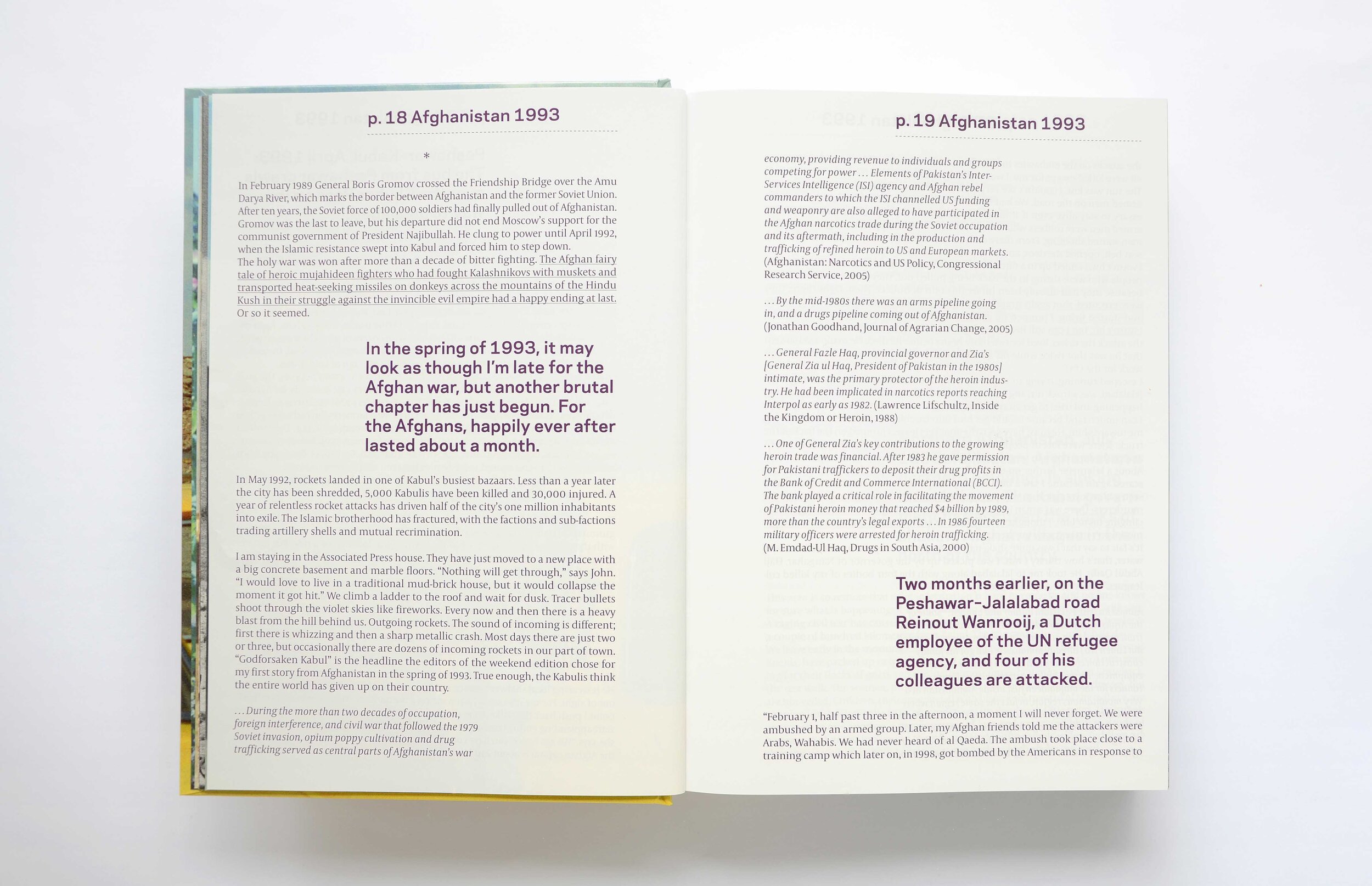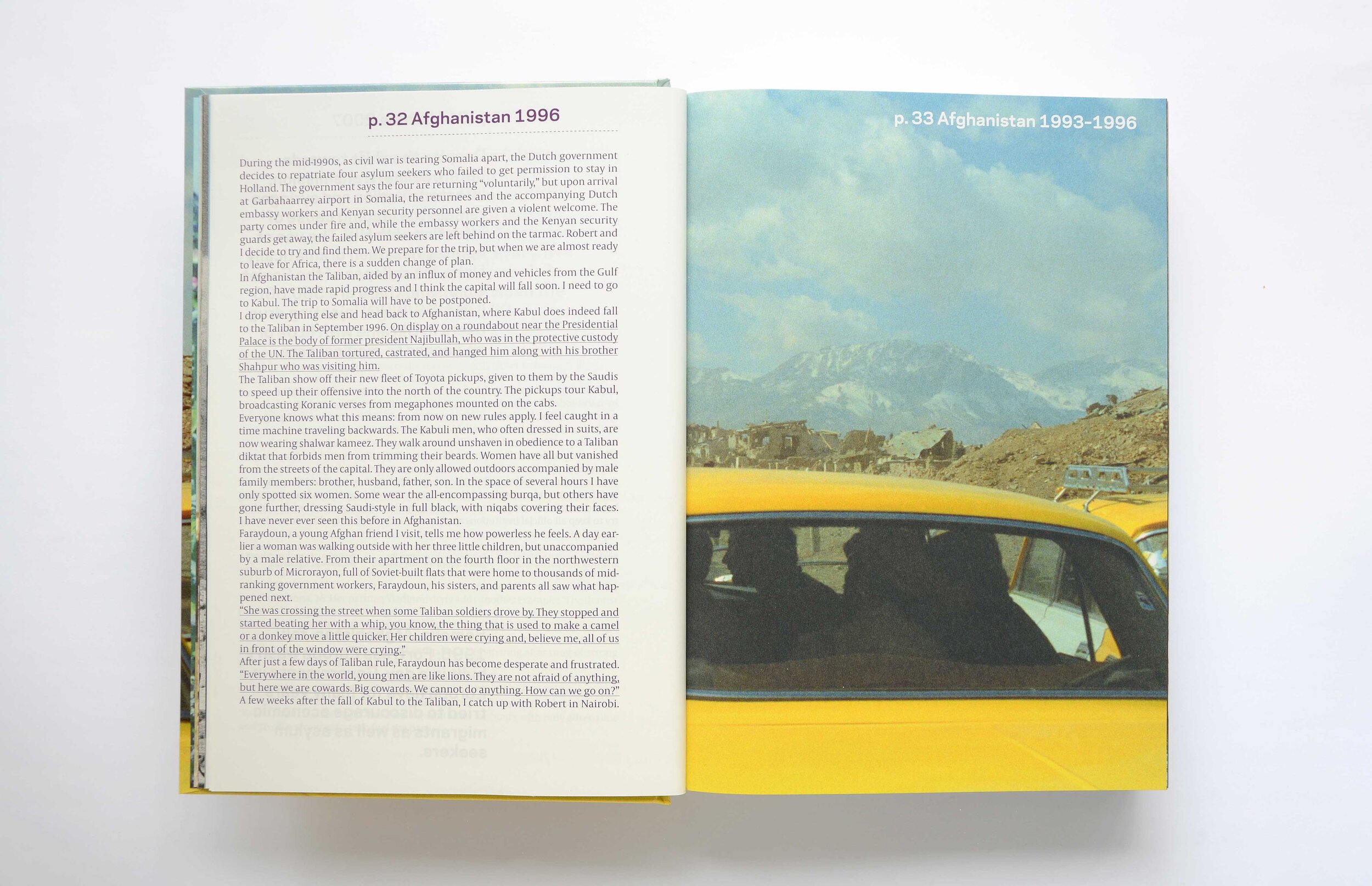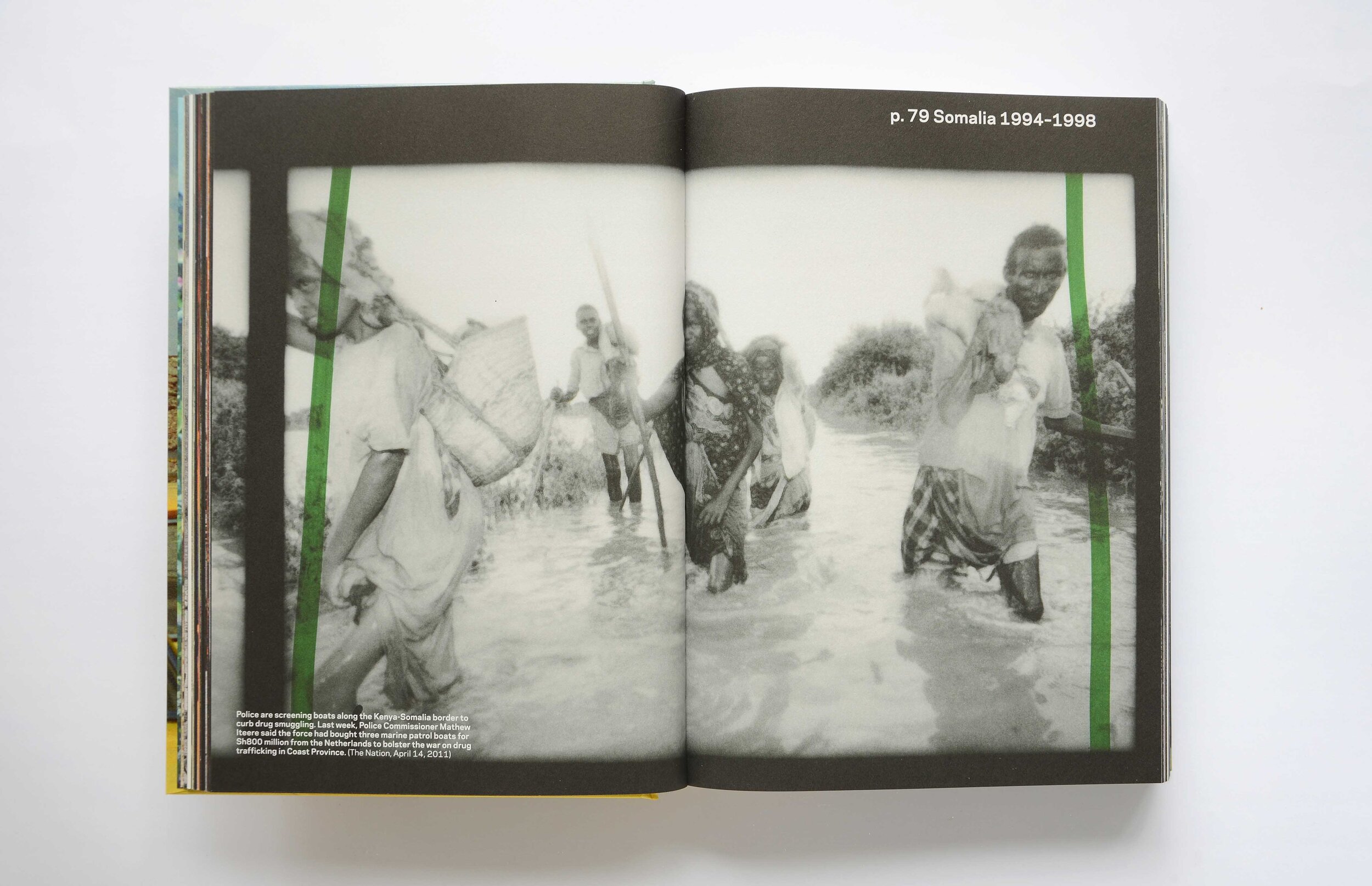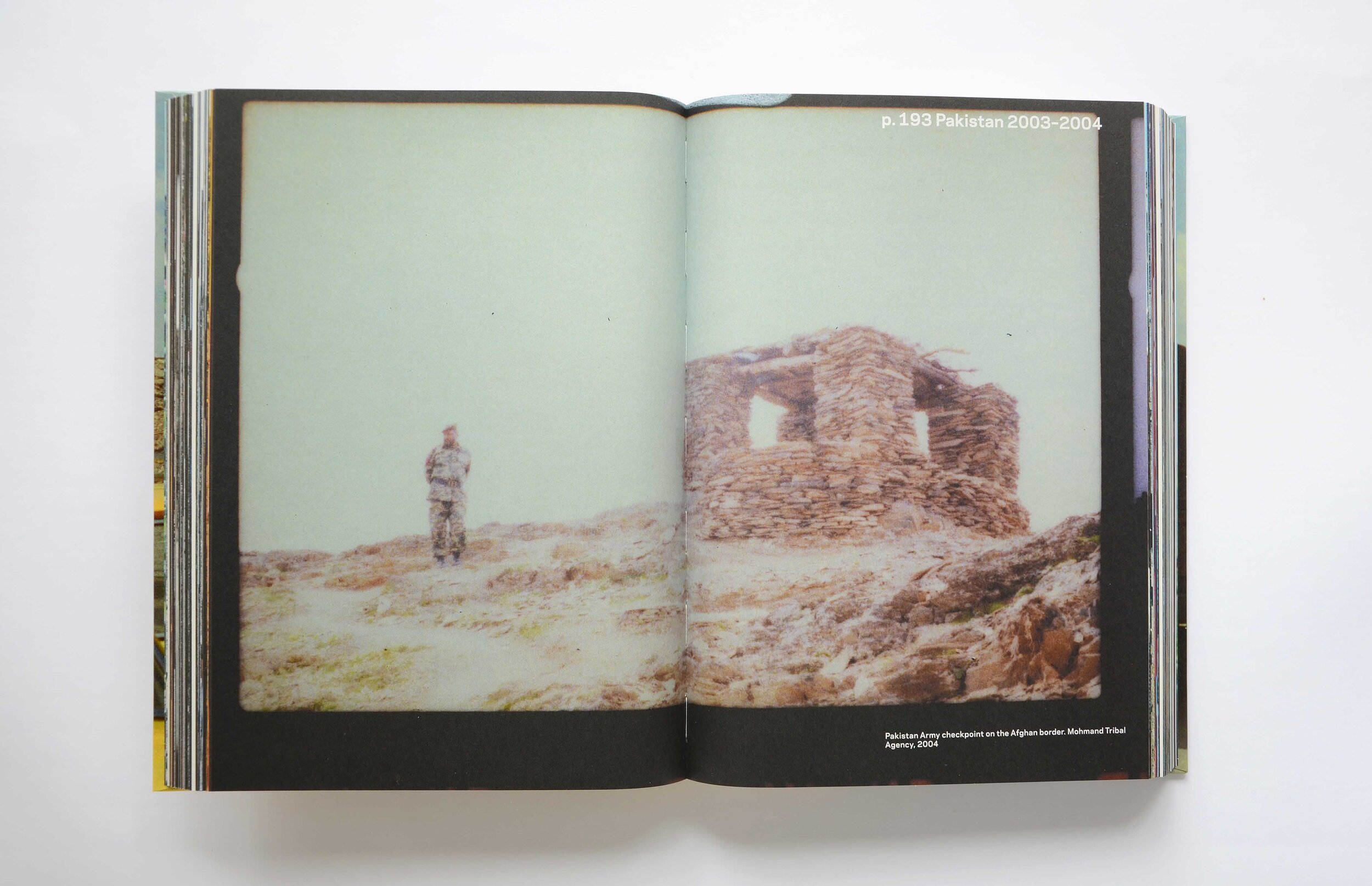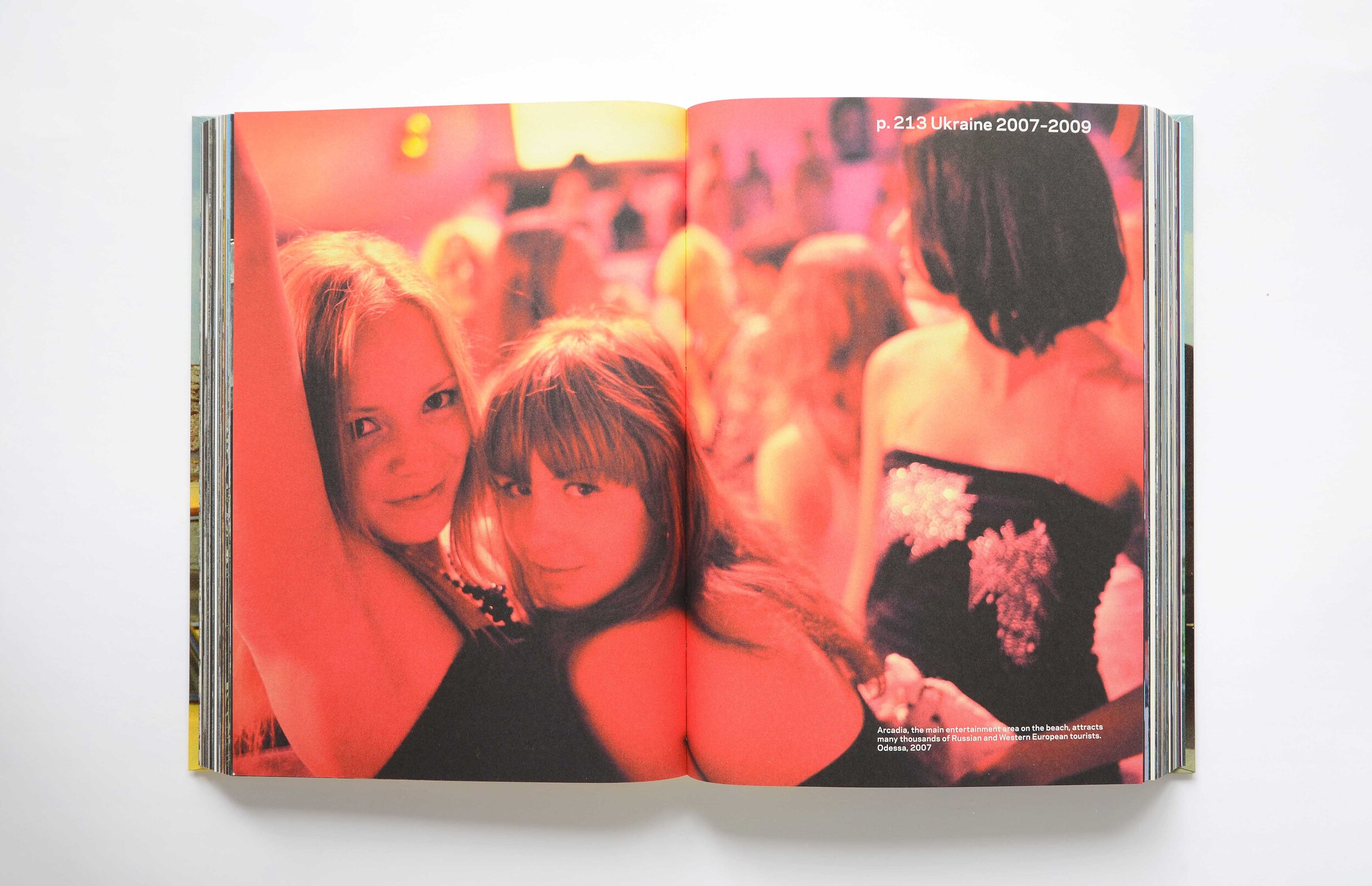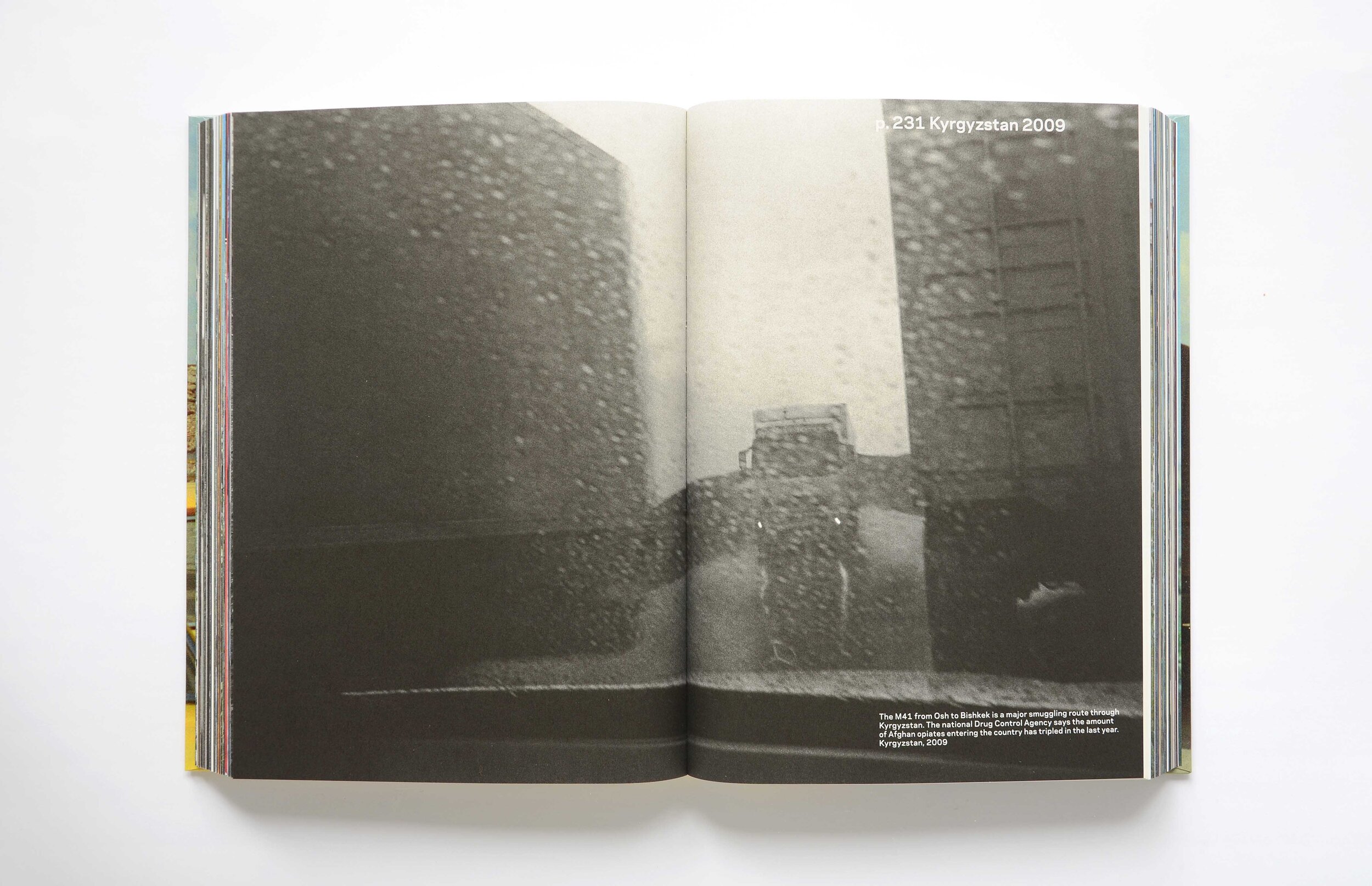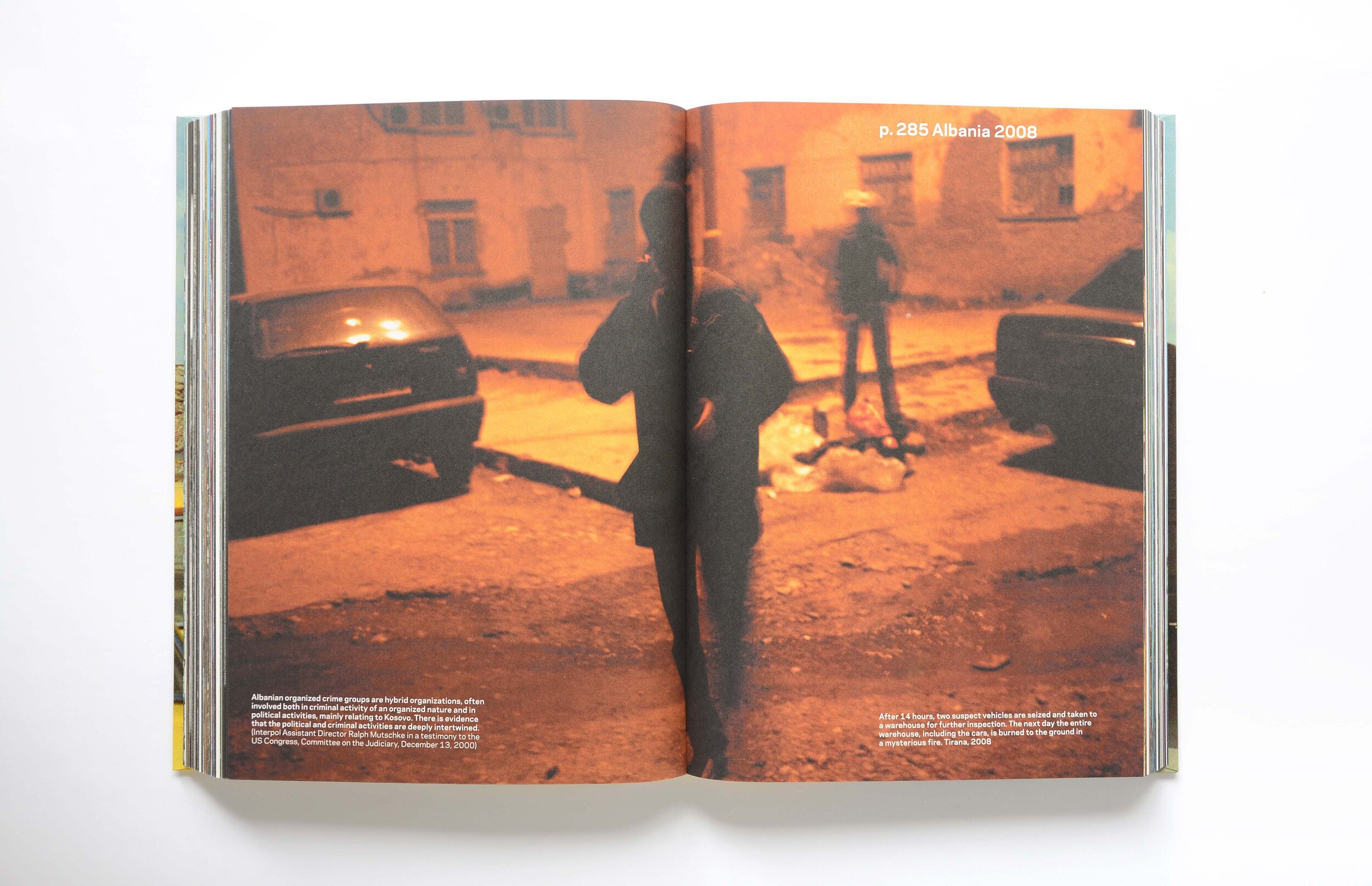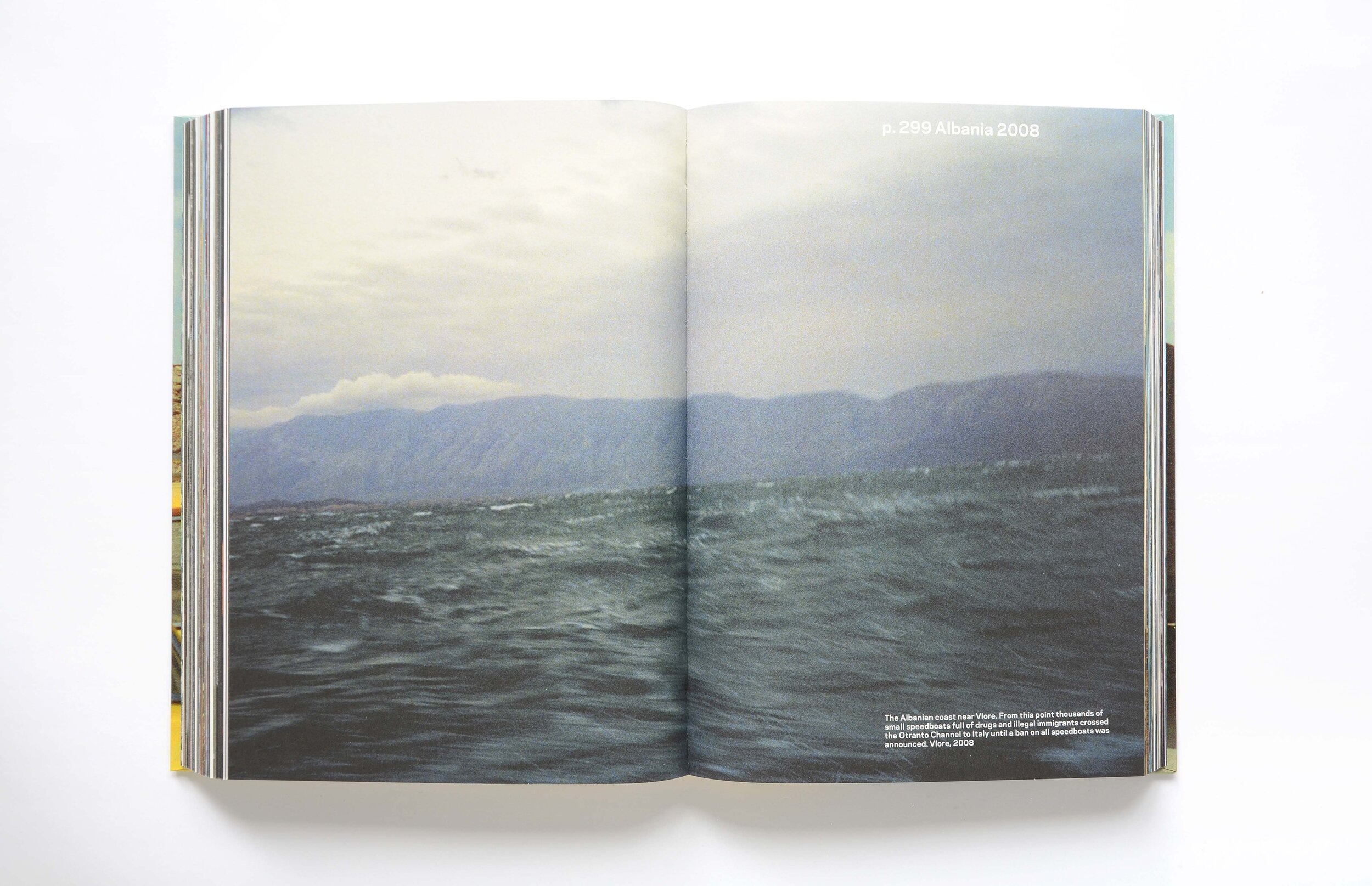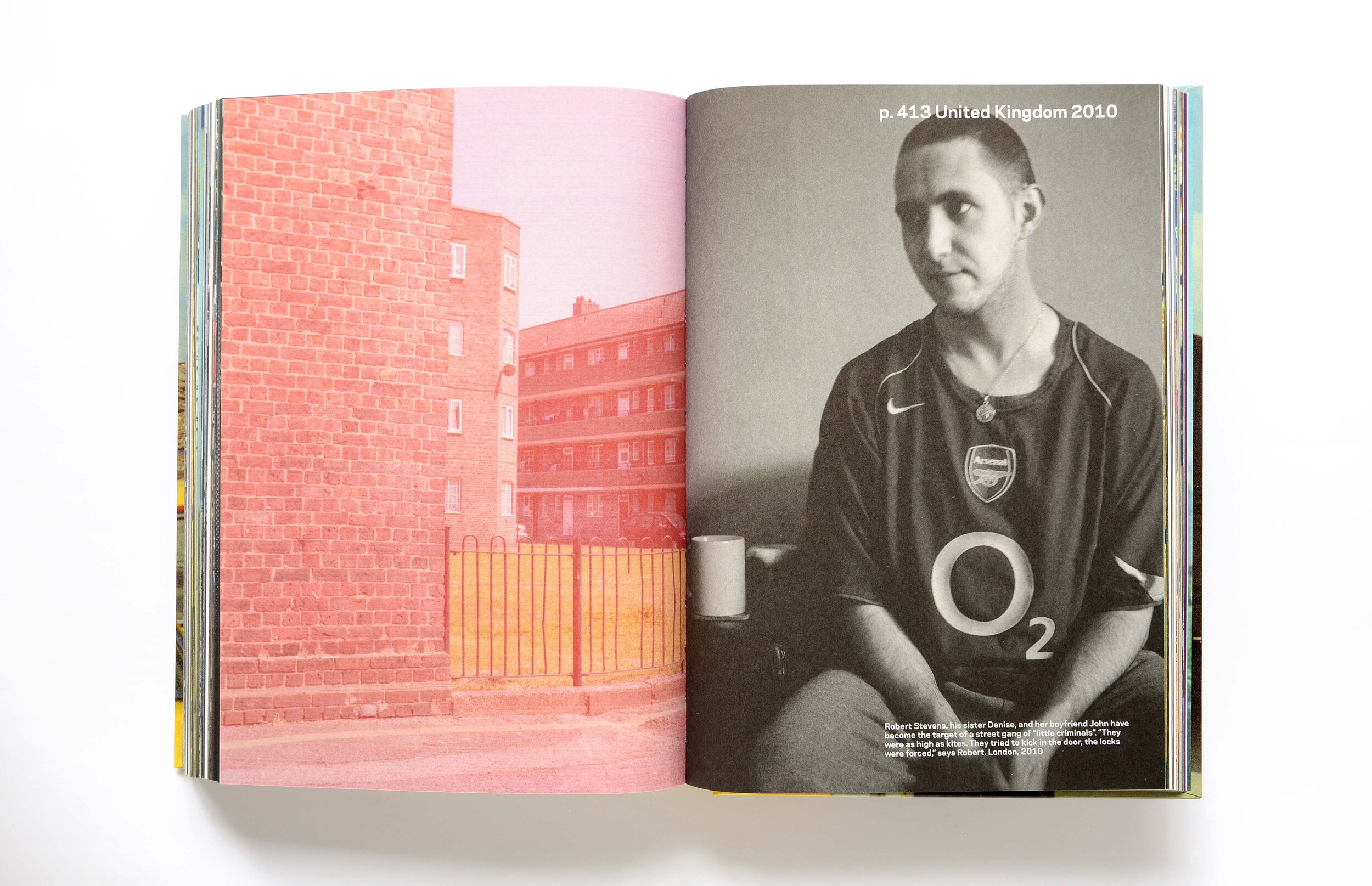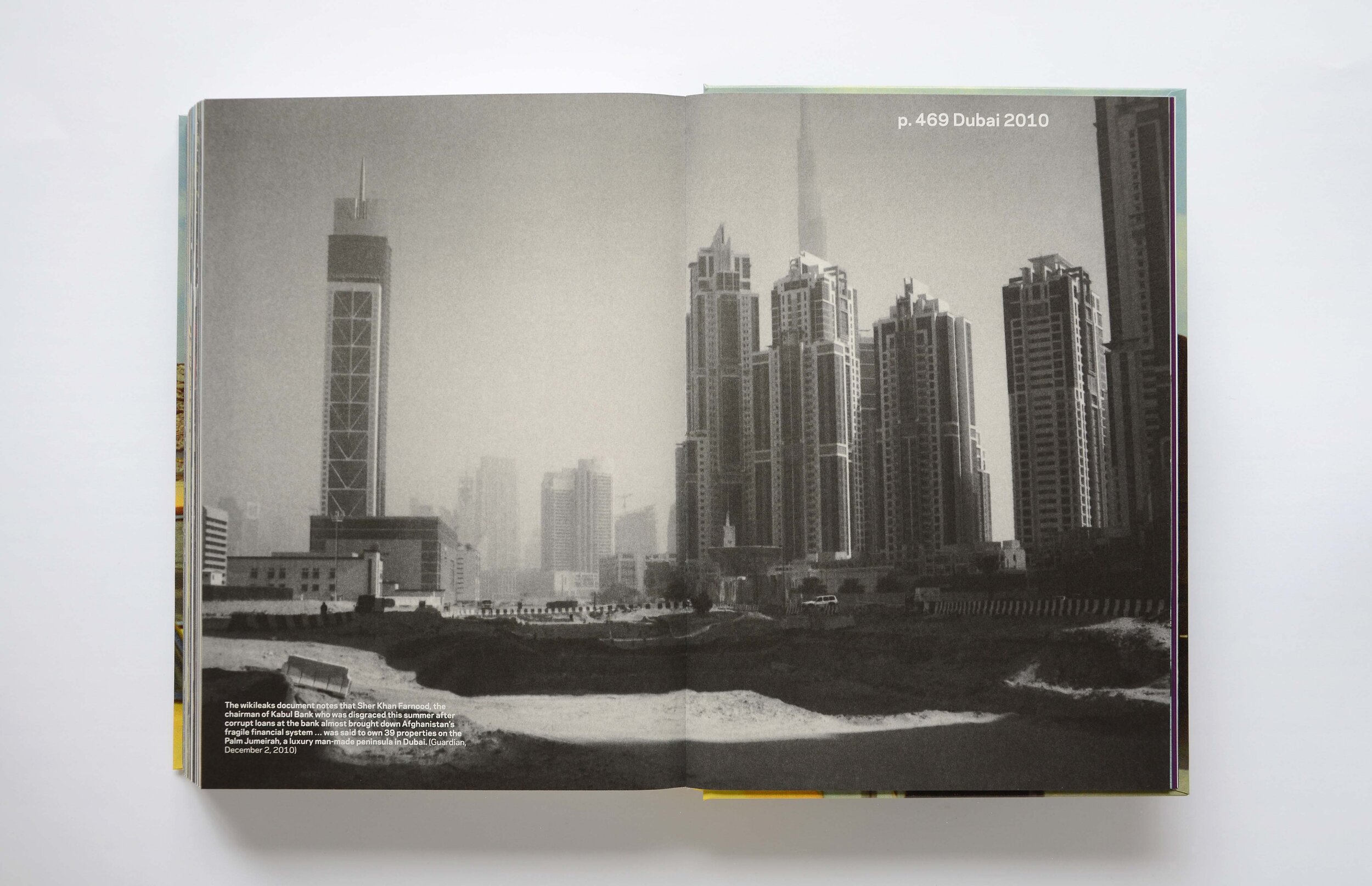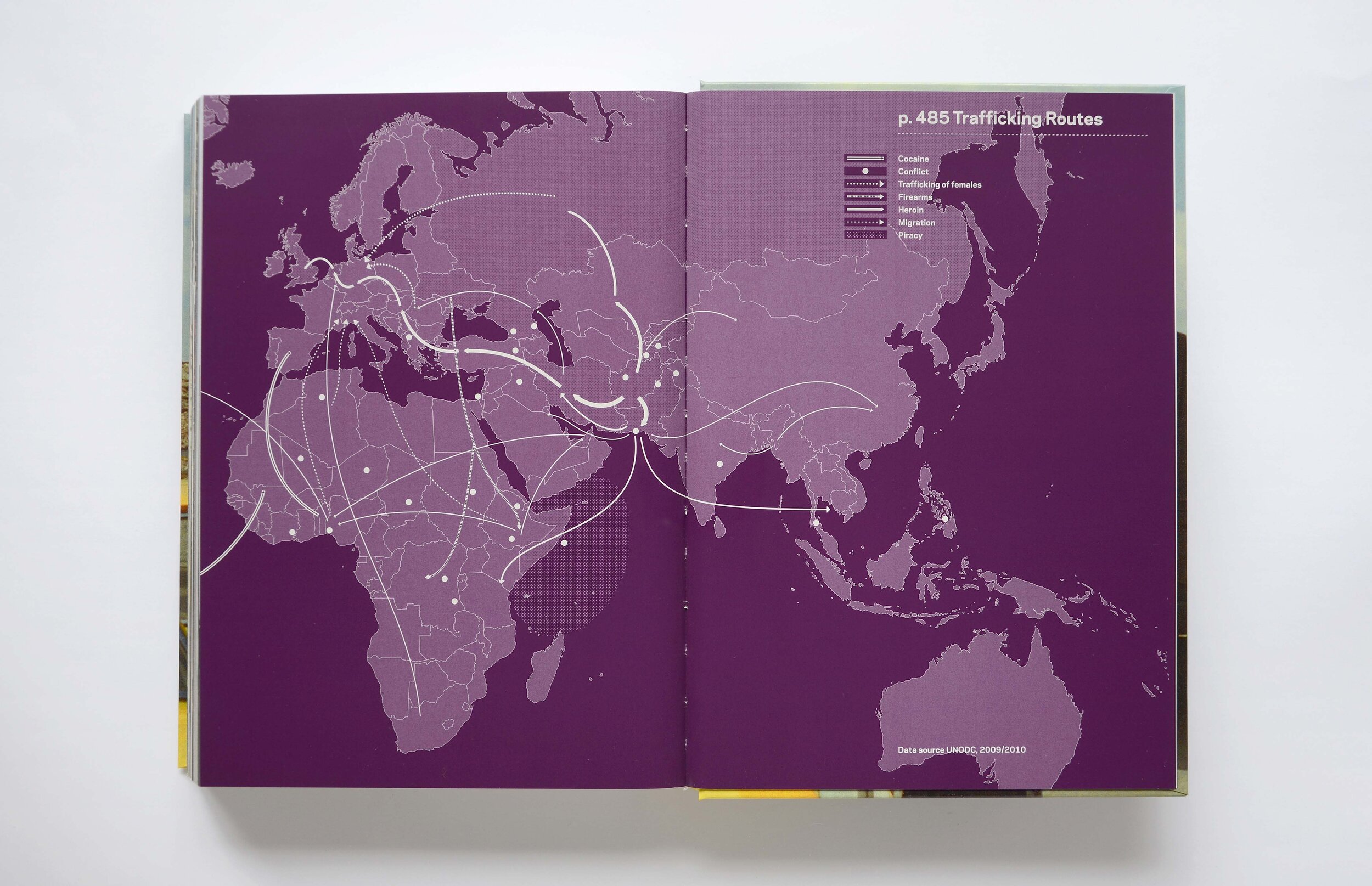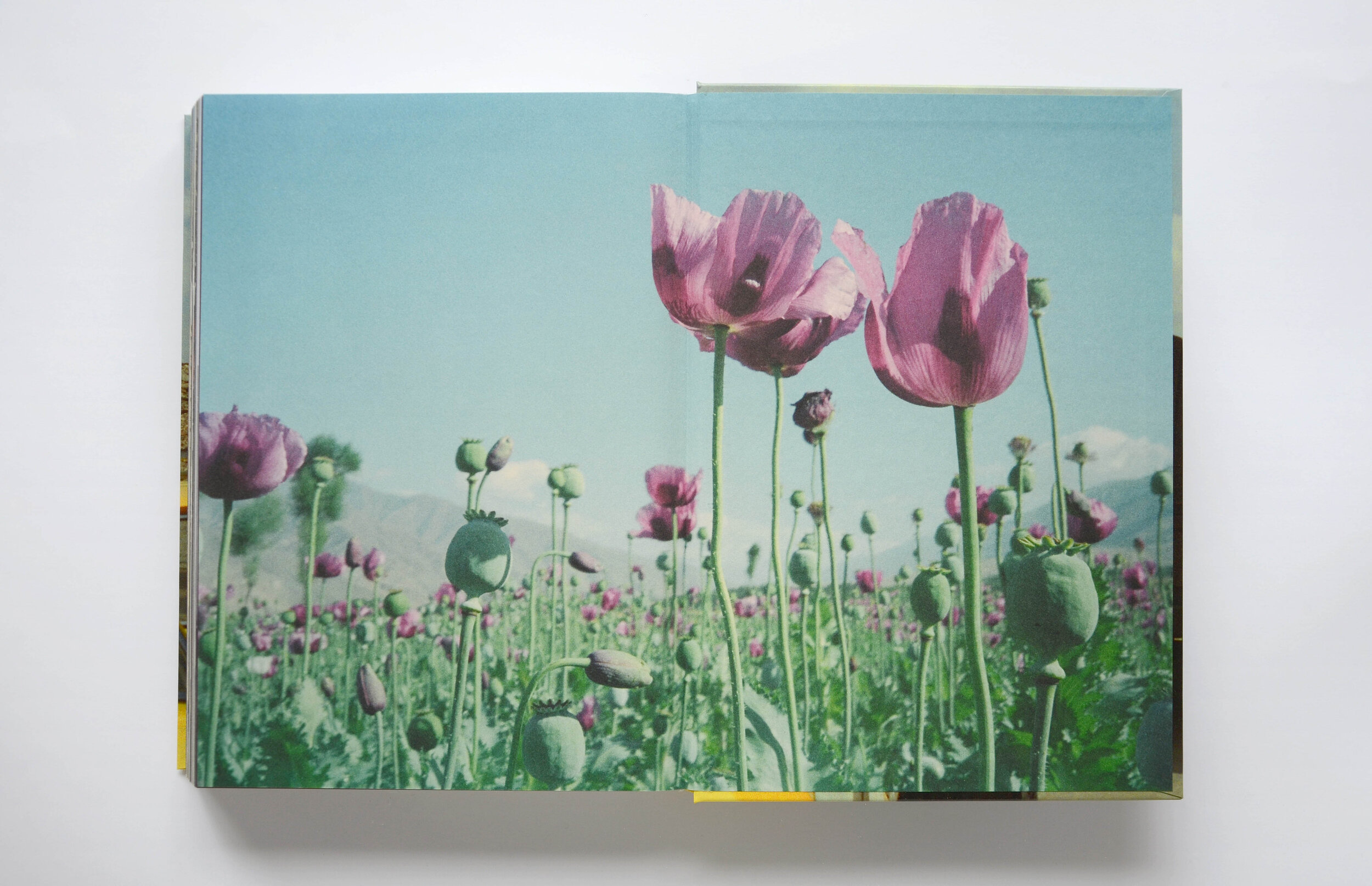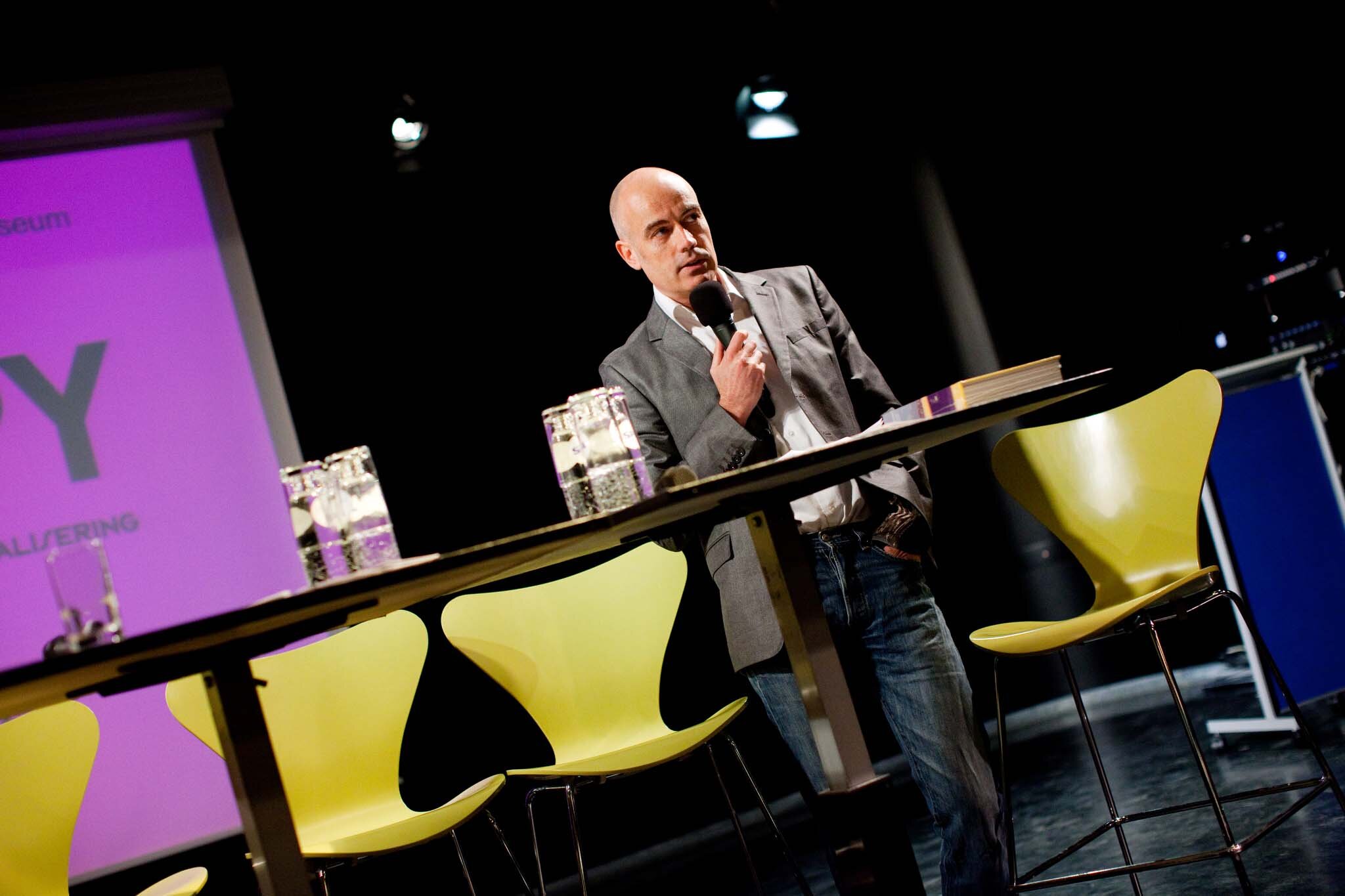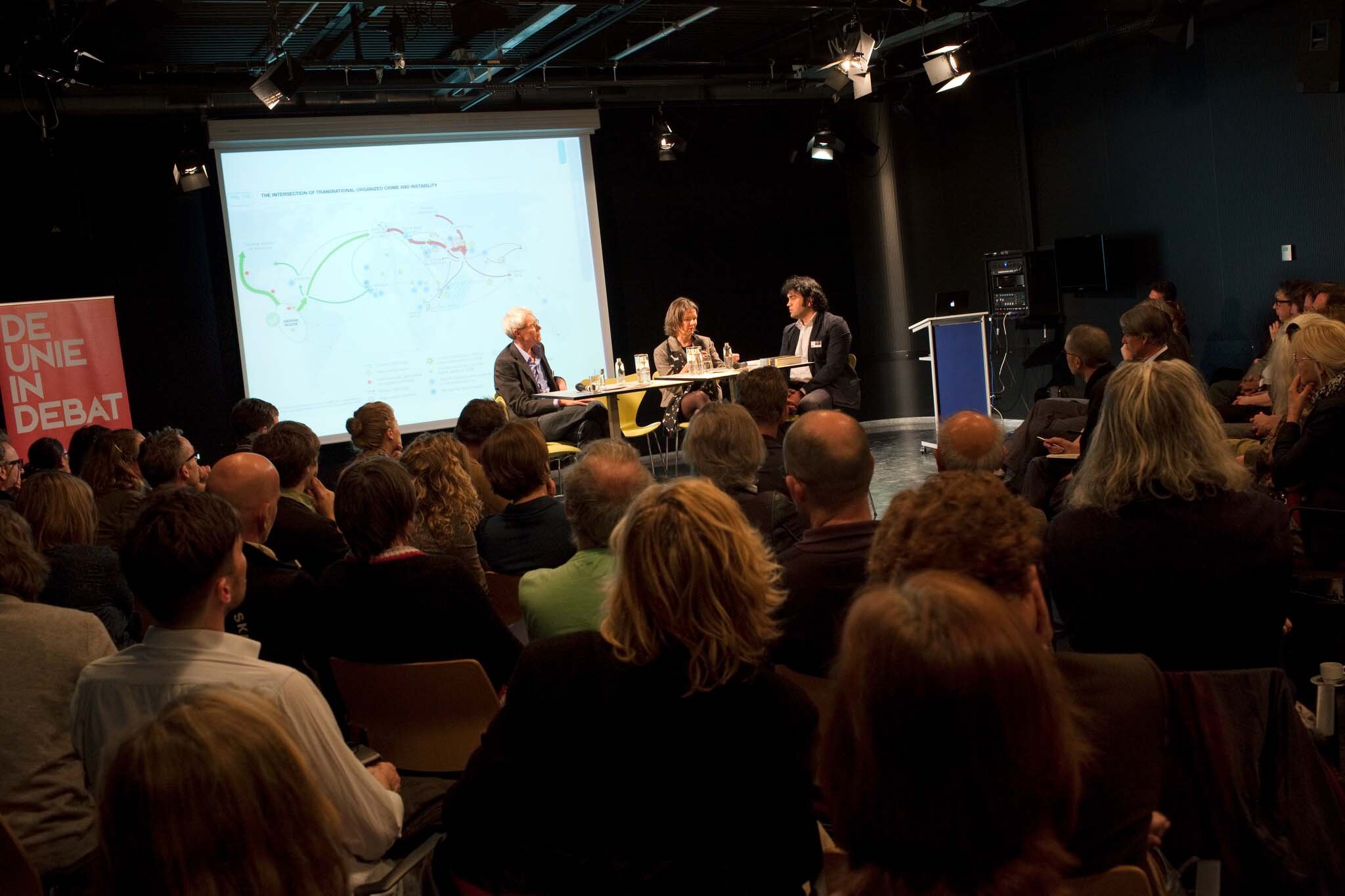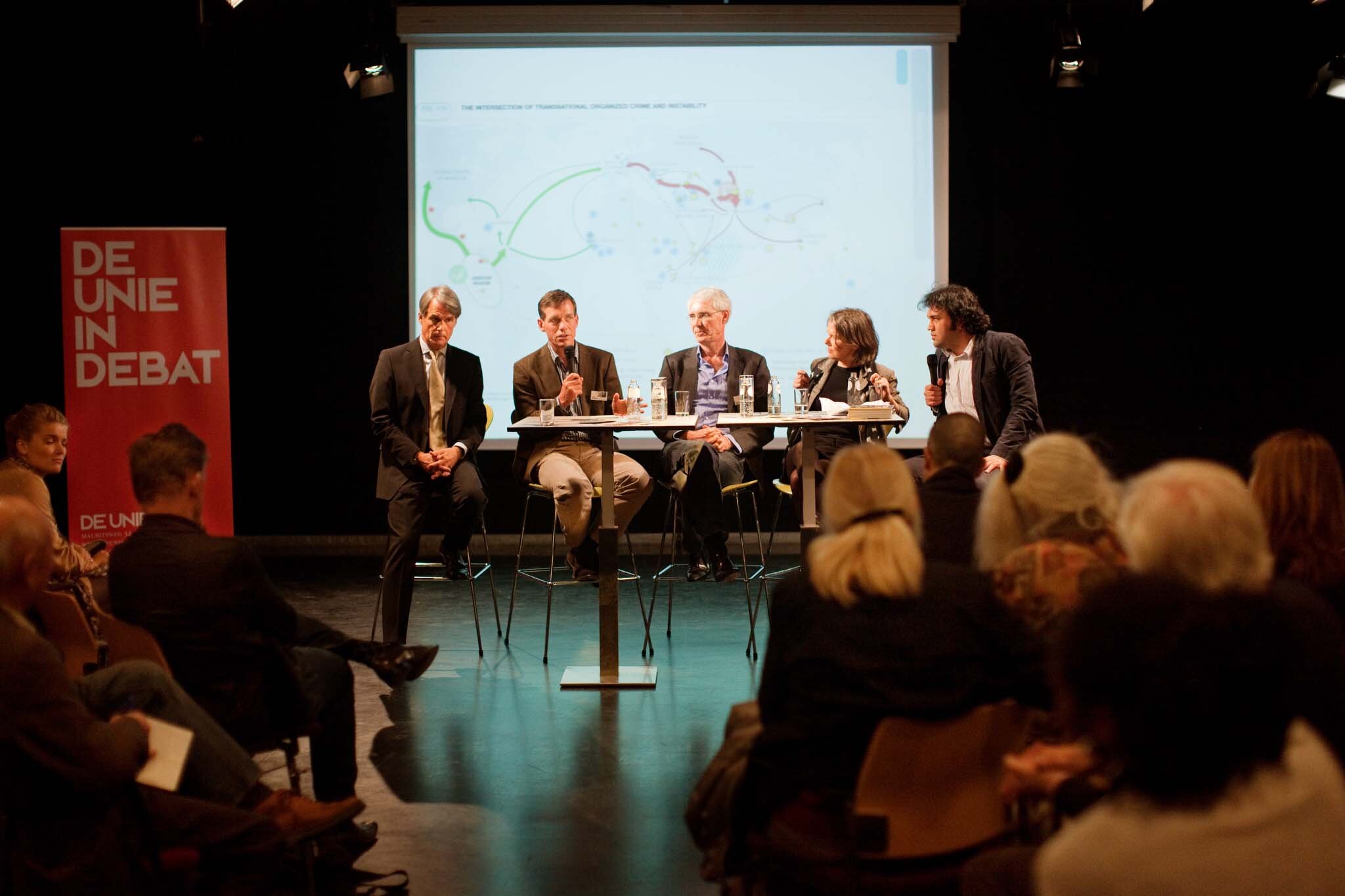Poppy:
Trails of Afghan Heroin
In collaboration with Robert Knoth & Antoinette de Jong I produced the multimedia project Poppy which offers both a book and an installation. The exhibition has been traveling since its introduction in 2012.
Poppy: Trails of Afghan Heroin sheds light on the darker corners of globalization. It tracks the heroin from its source in Afghanistan’s remote mountains through to the streets of Europe and beyond. Poppy is a story of our times: just as globalization has forged new connections in industry and business, creating new opportunities for millions worldwide, it has also provided new openings for organized crime and terrorists groups.
The old Silk Road, which once brought pearls and porcelain to the west, is now bringing death and destruction. It connects drugs, armed conflict, corruption and human trafficking. Drugs have become an integral part of modern warfare; the trade in drugs an integral part of our economies.
Traditional –or analogue-ways of visualizing these complexities no longer suffice. Therefore, we aimed to experiment in exploring and creating new forms of storytelling, integrating different disciplines and techniques, old and new. The non-linearity of digital imagery, fluid and not fixed, suited well in explaining the undercurrent in our project: how interconnectivity in a modern world creates multiple forces of its own, operating in destabilizing ways in many areas, as described.
The installation consists of one larger panorama, subdivided into four projection fields. In the process of making Poppy, we have sought ways to blend together the hyper-realism of journalism and documentary with the abstract qualities of art and literature. Currents of images and story-line are presented, sometimes evocative or metaphorical, and at times switching to more descriptive elements. This provides a kaleidoscopic impression, illustrating the chaos, urgency and elusiveness of what takes place along the route. For the audience it evokes a sense of being submerged into multi-layered or parallel worlds where different events and developments are related and interconnected, forcing viewers to reposition themselves again and again.
CC
2018| Tokyo Metropolitan Museum of Photography (JP); Lianzhou Photo festival (CN)
2016| Krakow Photomonth (PL); Griffin Art Space Warsaw (PL); C/O Berlin (DE)
2014| Stedelijk Museum Amsterdam; Australian Center of Photography, Sydney (AU)
2013| MUDAM, Luxembourg (LU); Beijing, Photo Biennale (CN)
2012| Nederlands Fotomuseum, Rotterdam; Humanity House, The Hague
Opening and debate at Nederlands Fotomuseum Rotterdam
